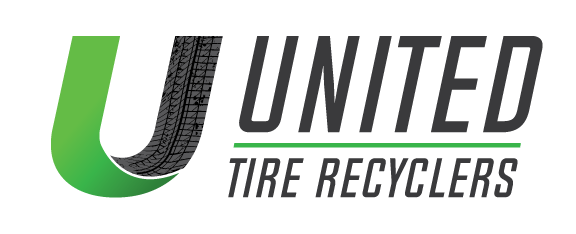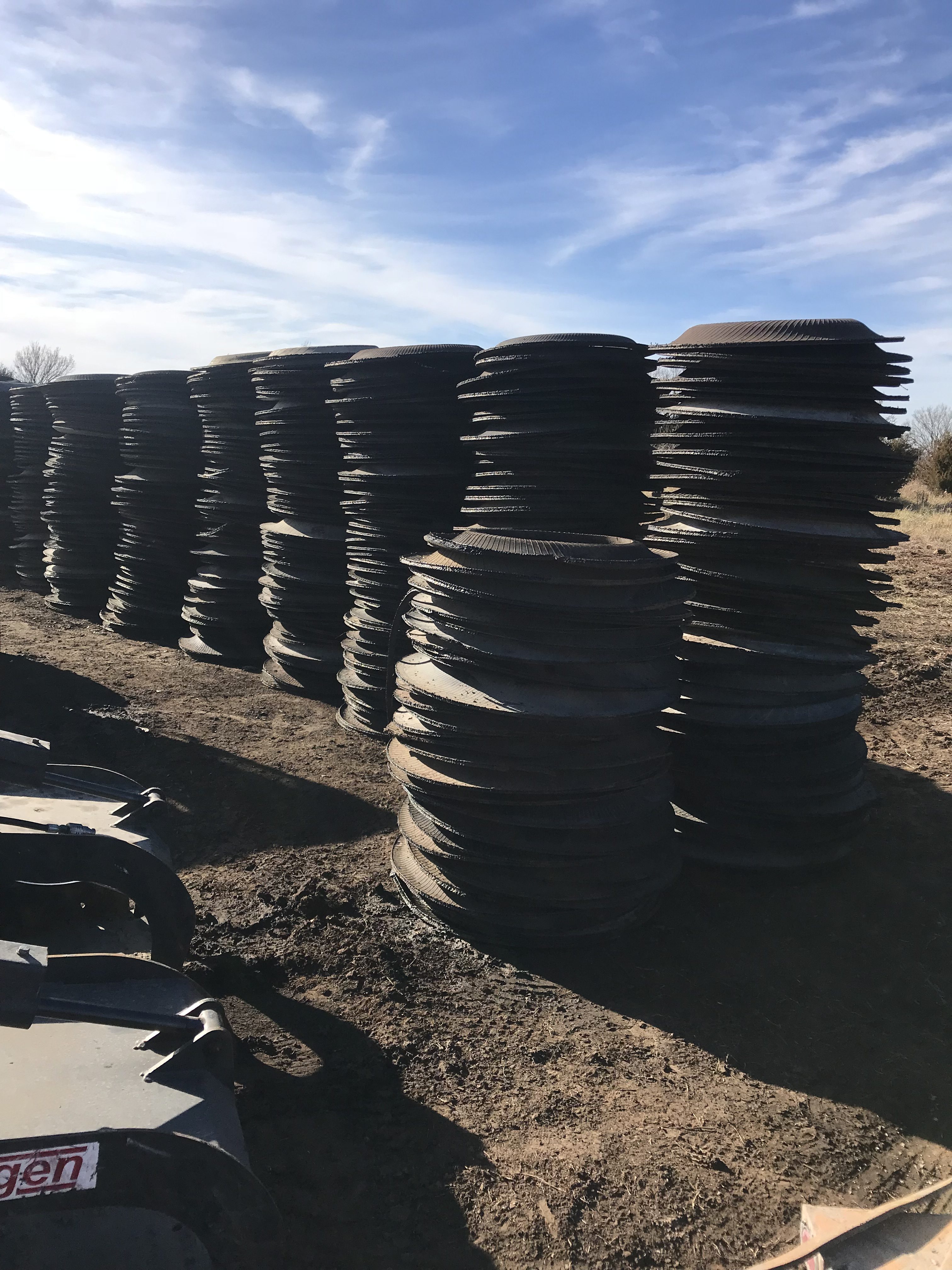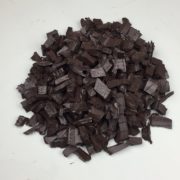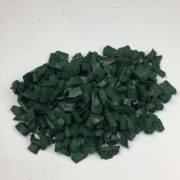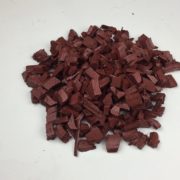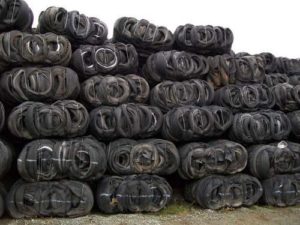Eco Green Equipment
Since there is an increase in the demand for tires, the volume of tires in landfills has also increased. This is the reason why tire recycling is given high priority today. There was a time when the price of an ounce of rubber was same as the price of an ounce of silver. This served as a great motivation for everyone to recycle the tires that they had or any other rubber products. However, this move was affected with the introduction of synthetic rubber, as well as with the use of steel belted radial tires which are more difficult to recycle. This was one of the reasons why again tires started to accumulate in landfills. A lot of people have been dumping their tires without even knowing the health hazards of their action.
The physical attribute of a tire makes it a good breeding place for pests, like rodents and mosquitoes. If tires in landfills would continue to increase in volume, then surely the diseases brought by these pests would also increase. If you look at landfills, then a big percentage of the area is occupied by rubber products. So, if there would be a way to deal with these rubber products the right way, then it would surely free up a lot of space in landfills. Another problem that these dumped tires could cause is water pollution. The chemicals used for creating rubber will slowly decompose with time and with rain there would be a chance that these chemicals would seep-down the ground causing water pollution. It is really a good thing that the government has started to act on this before the condition gets out of control.
Today, recycled rubber is used in different markets. There are actually three markets for scrap tires. First is the TDF or tire derived fuel. This kind of fuel is accepted as a good alternative for fossil fuels. The reason why these scrap tires are also priced high is due to their high heating value. There are now a lot of countries that utilize TDF. There are several reasons for this. First, tires give more energy than coal and about the same energy as oil. Ashes from TDF are less harmful than those from coal. For facilities that want to utilize TDF, they should have the necessary permits required by the state where they are operating their business. This is necessary to make sure that all environmental concerns are properly addressed. Another market for scrap tires is civil engineering applications. Recycled tires have found great use in civil engineering applications, like embankment fill and landfill projects. These tires are also good replacement for materials, like insulation blocks and other type of fills. Roads are made safe due to fills that are made from recycled rubber. The last market would be ground rubber applications. Some of these are ground covers for playgrounds to keep kids safe while they play. Reclaim rubber has a shock-absorbing property, making these covers useful when kids fall down. These covers are also used as animal bedding. There are definitely a lot of good uses for old tires, so it is better to recycle them, than dumping anywhere.
